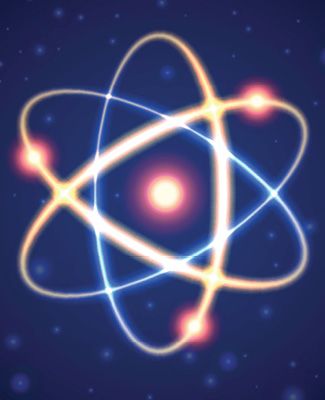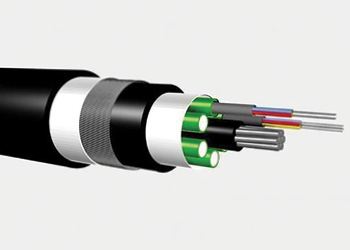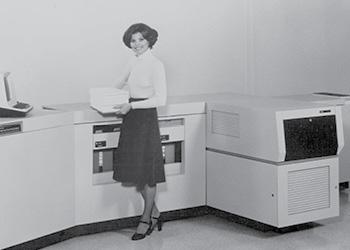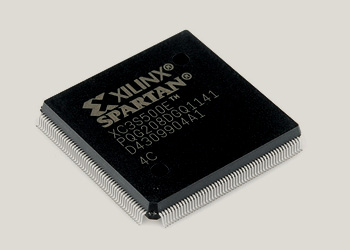MSU Alumni Inventors

MSU Alumni Inventors
MSU faculty members are responsible for a bevy of inventions and discoveries, but MSU alumni inventors have made their fair share of contributions to the world.
January 14, 2021Are you a Spartan inventor? We want to hear from you!
Send us an email about your inventions, or those of a Spartan inventor you know, to Spartan-Magazine@msu.edu.
We will share your invention stories online at alumni.msu.edu.
But first, check out some other Spartan alums who impacted the world with their inventions:
Fiber Optic Wire
Donald Keck, ’62, M.S. ’64, Ph.D. ’67 College of Natural Science

Keck invented what would become fiber optic wire in the early 1970s, which could carry 65,000 times more information than conventional copper wire. In 1993, Keck was inducted into the National Inventors Hall of Fame. And in 2000 he received the nation’s highest honor for innovators: the National Medal of Technology. During his career, Keck acquired 36 U.S. patents and authored over 150 papers concerning optical fibers and components.
Laser Printer
Gary Starkweather, ’60 College of Natural Science

Starkweather (1938-2019) invented the laser printer in 1971 while working at Xerox. He later worked with Apple Computers, Lucasfilm, Pixar and Microsoft. Notably, he was a consultant on the digital effects team for the original Star Wars movie in 1977. He also won a technical Academy Award in 1994 for his pioneering work with Lucasfilm (and later, Pixar) in the field of color film scanning.
Reprogrammable Chips (FPGA)
Ross Freeman, ’69 College of Natural Science

Freeman (1948-1989) invented the first reprogrammable chip or field-programmable gate array. Since 1985 our systems have become easier to update thanks to his revolutionary chip design. To this day the company he co-founded, XILINX, holds over 50 percent of the market share in the programmable logic device industry. These chips are widely-used in automotive, industrial, medical, aerospace, defense, consumer and wireless communications industries. In 2006, 17 years after his death, Freeman was inducted into the National Inventors Hall of Fame.
Author: Liam Boylan-Pett












